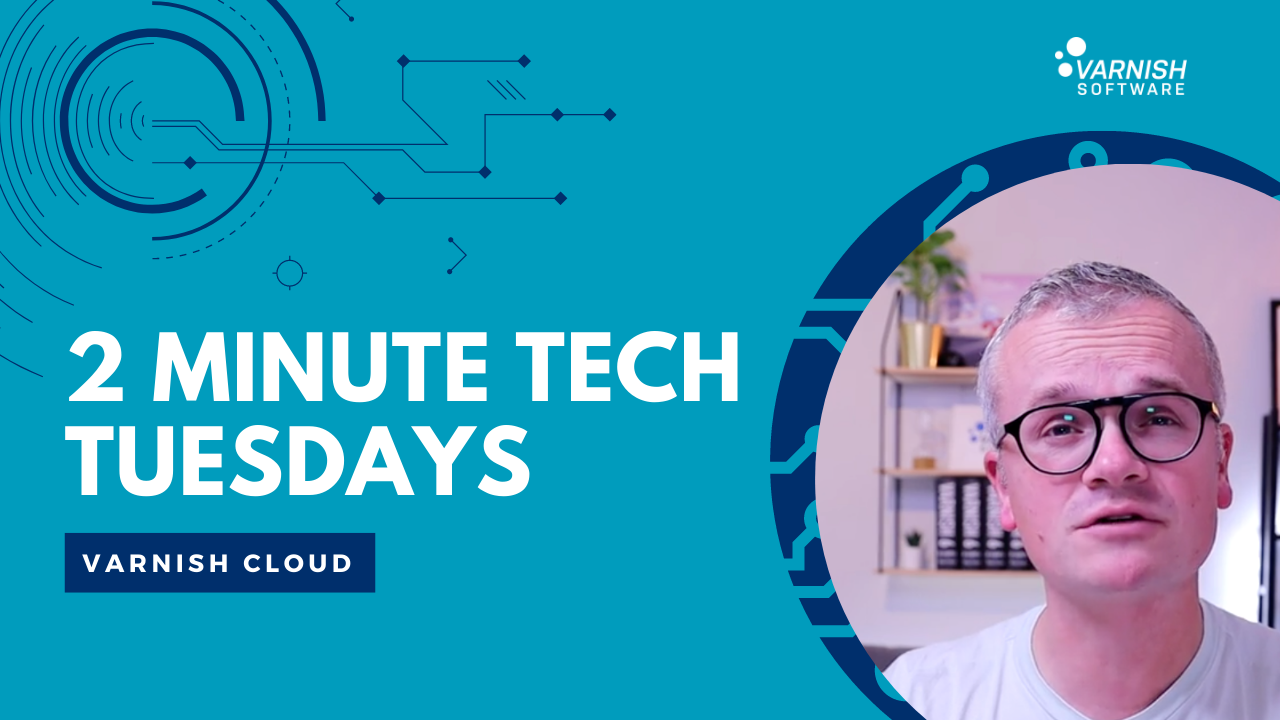In this week's 2-Minute Tech Tuesday, we'll introduce "Varnish Cloud", a Varnish Software product that offers Varnish Enterprise on various cloud platforms.
Varnish Cloud has a presence on Amazon Web Services, Microsoft Azure, Google Cloud Platform, Oracle Cloud infrastructure, Digital Ocean, and Alibaba Cloud.
How it works
When you're ready to spin up a new virtual machine, log into your Cloud Console. Instead of choosing your typical operating system images, you can specifically look at the marketplace and look for your marketplace images. In this case you'll select Varnish Enterprise. You spin up your machine and minutes later you have a full-blown, ready to use fully configured and fully installed Varnish Enterprise server that is monetized through the cloud platform.

How to monetize your server through the cloud
You already pay an hourly rate for the use of the infrastructure which is handled by the cloud platforms billing system and taken off your credit card. However, for monetized images, such as Varnish Enterprise, there's also an hourly fee for the use of the software, similar to a license fee. This is not billed directly through Varnish, but through the same billing system of your cloud platform and taken off that same credit card.
Benefits
- No upfront license cost
- Pay as you go
- Scale out or scale in your platform based on demand
- Fully installed & configured server
- Full Varnish Enterprise capabilites
It's important to note - on platforms that don't offer monetization, we offer Varnish Cache 6.0 LTS, which is the long-term, supported open-source version of Varnish 6. However, there's still a lot of benefits, because there's no monetization, it comes free of charge, you only pay for the infrastructure, and because it's an official machine image, it's already set up and configured or ready to go. And don't forget, it is varnish so it's still lining costs.
Stay tuned for future Tech Tuesdays, for this week. I hope it was an interesting episode, it was a high level episode of varnish cloud, however we will be creating content about individual cloud platforms in the future, so stay tuned.
/VS-logo-2020-197x60.png?width=136&height=60&name=VS-logo-2020-197x60.png)




